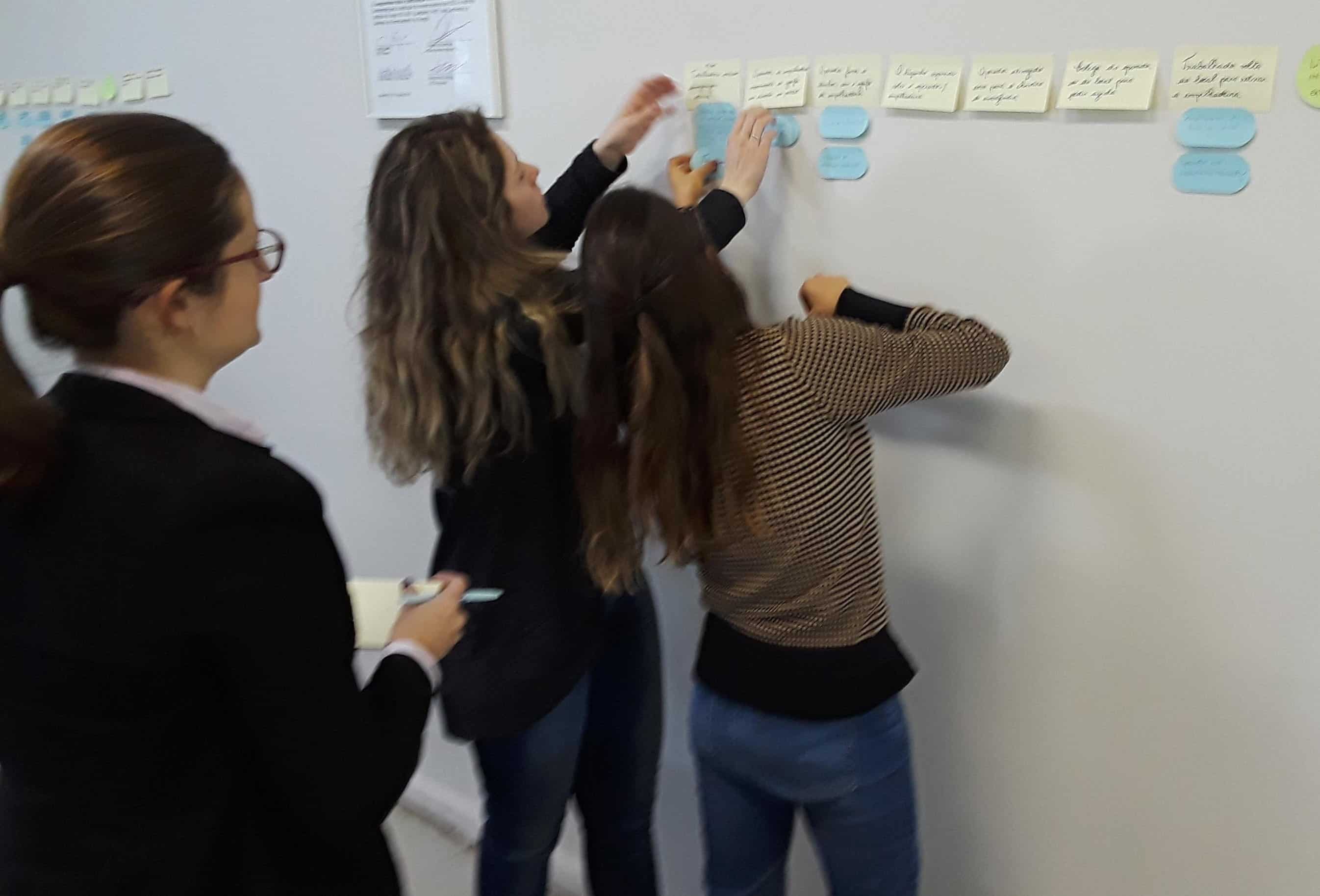Friday Jokes

Friday Jokes are memes, videos, and anything funny! Tune in every week for another joke that may (or may not) relate to root cause analysis.
Should RCA Be Complex or Simple?
07/11/2025

“RCA needs to be complex!” 😡
Your RCA system should be simple.
While there are Root Cause Analysis systems that are too simple to be effective, complexity does not equate to success.
An overly simple system…
• Leaves too much room for opinions and assumptions.
• Does not guide investigators towards consistent results.
• Might exclude important root causes.
But an overly complicated system…
• Isn’t accessible or comprehensible to the whole team.
• Adds intractability and may further complicate the problems.
• Can be too exhausting to perform correctly.
A strong RCA program makes a complex understanding of the incident easy to achieve. The research behind the system is intricate, but the execution itself is straightforward.
How Management Acts During My Investigation
07/04/2025

Your management team isn’t getting any younger. 🙄
But that’s not an excuse to rush an investigation!
While a strong root cause analysis program will streamline the process, investigators still need time for proper evidence collection:
• Documents might need to be gathered, organized, and reviewed.
• Interviews may need to be scheduled and conducted.
• Perishable evidence needs to be correctly collected and stored.
Inaccurate or missing information can soil an entire investigation. If our corrective actions are based on assumptions, we’ll fail to address the root causes.
Give investigators enough time for effective root cause analysis! 🗣️
Is human error unstoppable?
06/27/2025
Why does Human Error feel like an unstoppable force?
Because you’re fighting it without any strategy.
Human Error is the major source of frustration in any industry. To put it plainly, it just comes down to workers making mistakes!
What can leadership do to stop this losing battle?
🔍 Investigate Thoroughly
We’ve said it before, and we’ll say it again: Human Error is never the root cause of an incident! If your investigation stops at Human Error, you’re not looking deeply into your system.
🧠 Understand Humans Make Errors
Eliminating all Human Error is an impossible goal. While we can put systems in place to reduce the number of slip ups, we also need safeguards in place that can catch mistakes before they cause major incidents.
⚙️ Redesign Your Systems
Human Engineering involves designing your system to be an intuitive as possible. Our processes should be easy to follow correctly!
If it ain’t broke, don’t fix it!
06/20/2025

“If it ain’t broke, don’t fix it!” 🔧
This mentality is asking for trouble.
While an equipment troubleshooting program is great for detecting the root causes of maintenance problems, it’s ideally used to prevent these problems from occurring in the first place.
Don’t wait until your equipment fails to conduct an investigation. Conduct regular audits and maintenance reports!
But you have seen it!
06/13/2025

Not every safety inspection is worth praising! ☠️
Inspections need to be performed with effort and thoughtfulness to be purposeful.
If we just pencil-whip through the motions, we’ll likely miss a potential hazard. Everyone can play a part to detect red flags:
🕵️♂️ Inspectors & Safety Professionals
While going through the same checklist might be tedious, understand that this process is keeping workers safe. Always thoroughly inspect every item on your list.
👷 Operators & Other Employees
While your primary role might not involve safety, the well-being of your team should always be on the front of your mind. If you ever detect a hazard, immediately bring it to the safety team’s attention.
👨💼 Management & Leadership
While it’s easy to tell the safety team to “look more carefully”, you can do more by facilitating an intuitive inspection process. Garner feedback and involve yourself in the process to remove any redundancies or inefficiencies from the inspectors’ workloads.
Please do not pull it out!
06/06/2025
Is following instructions a virtue? 🤔
If your instructions are hard to follow, yes!
Human error doesn’t have to be a given. We can develop better procedures, designs, and layouts to strengthen our human engineering systems and set our teams up for success!
Join Alex Paradies for the Stopping Human Error Course at the Global TapRooT® Pre-Summit!
Triforce!
05/30/2025

It’s a Causal Factor, not a Triforce! 😤
They might look similar, but they’re very different!
What is a Causal Factor? 💥
A Causal Factor is a mistake, error, or failure that directly leads to (or causes) an incident or fails to mitigate the consequences of the original error. There are usually multiple Causal Factors per incident.
We don’t point out mistakes to assign blame; we investigate them deeply and develop corrective actions to prevent them in the future.
In short, Causal Factors help us focus on the human performance issues at hand.
What is a Triforce? ⚔️
A Triforce is a fictional relic from The Legend of Zelda series. It’s a very powerful tool in the right hands — just like root cause analysis!
Be honest: have you ever called a Causal Factor a Triforce before?
Near misses?
05/23/2025

Near misses are not just close calls.
They’re precursors to larger, systemic issues. 🤓
Near misses happen when only one or two safeguards prevent a major accident. For example, a foreign object striking a worker’s PPE is the last line of defense that prevents an injury.
We call these precursor incidents because…
• They foreshadow major problems that will happen again without intervention.
• It’s not time to wipe the sweat off our brows just yet. We need to investigate further.
• They deserve just as much attention as major accidents.
💬 What do you think? Do you call these near misses or precursor incidents?
Procedures hogging all the attention
05/16/2025

Some safeguards get more attention than others. Why do investigations always lead to extended procedures or additional training?
Because they’re easy fixes. But they’re not the most effective!
Procedures and training are important human performance tools, but we can’t rely on these systems for every corrective action. Human engineering is often overlooked during investigations. It’s the backbone for successful work systems.
In simple terms, strong human engineering means the work is easy to do right and hard to do wrong.
If an incident involves a chemical hazard, for example, a thorough investigation of human engineering would ask the following questions:
- Can we replace this hazard with something less harmful?
- Can we relocate the hazard further from the workers?
- Can we reduce the quantity of the hazard?
A relocated hazard is much less likely to cause an incident than a retrained worker!
How deeply do you look at human engineering during your investigations?
How to make a safety professional cringe
05/09/2025

“I’ve done it this way a million times and I’ve never been injured.” 🤡
Why do workers try to negotiate with their own well-being?
Don’t be so quick to answer “incompetence” or “stubbornness.” This attitude can stem from more complex, systemic issues:
🧠 Cognitive Heuristics
The Illusion of Safety in Familiarity is one of many biases that may impact risk analysis. It’s important to routinely remind workers of what’s at stake, especially if workers become desensitized to the hazard.
🎓 Surface-Level Explanations
Workers may know what they’re supposed to do, but they might not realize why each step is important. Training, procedures, and supervision should explain the necessity of the protocol.
🏃 Conflicting Workplace Priorities
When deadlines and quotas are established as major priorities, safety seems less important in comparison. A healthy work culture will always reward safety compliance above all else.



